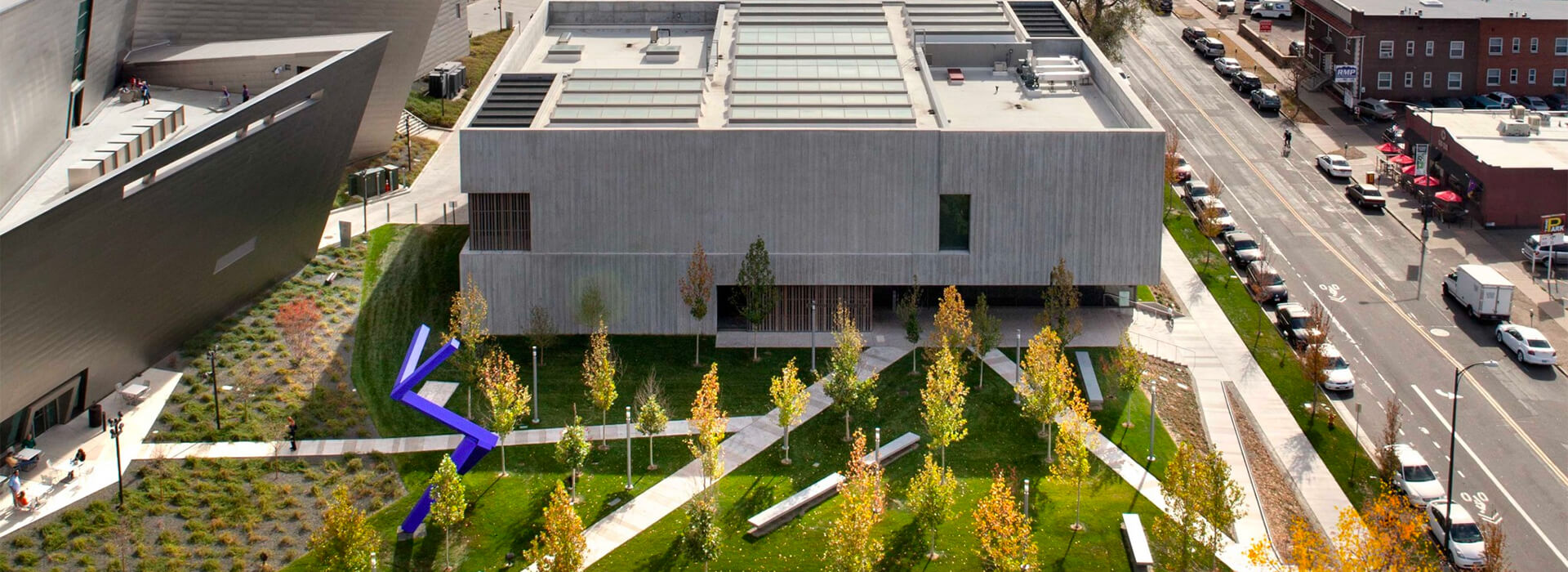By James Squires, conservator of paintings
Looking at the reverse of our ‘fragment,’ (PH-191), Still was clear on his intent. He writes on the reverse that the picture was…’cut from a large canvas approximately 10 x 13 ft. Painted in 48 Cooper Sq. New York, 1950 after version #1-1950.’ Version #1 was clearly the Met’s PH-803. The original dimensions of our canvas, 10 x 13 ft (120” x 156”) makes it slightly taller and shorter than the Met’s version (112” x 169”). Assessing the painted surface prior to stretching reveals that the paint extends to the edges of the canvas on the left, right, and bottom while a more standard raw canvas tacking margin is present along the top. The presence of the tacking margin indicates it is the top edge of the original picture. Based on the dimensional information given, Still cropped approximately 30-35” off of the bottom of the picture. Comparing the central forms of both our fragment and the PH-803, it appears Still cut approximately 20” from the left side and 90” from the right.
Why Still cropped the picture is unknown. Perhaps he found the more square format of the copy (PH-191) to be an inadequate representation of the original, or simply that the essence of both pictures was the jagged black/gray/orange line rising from the lower left to the upper right. Cropping the canvas was his way of both accentuating and saving that central and essential component.
The treatment of this picture will be discussed in a future blog post.
